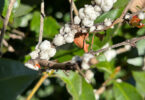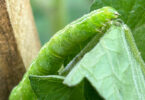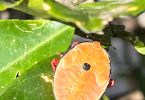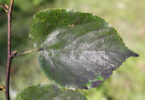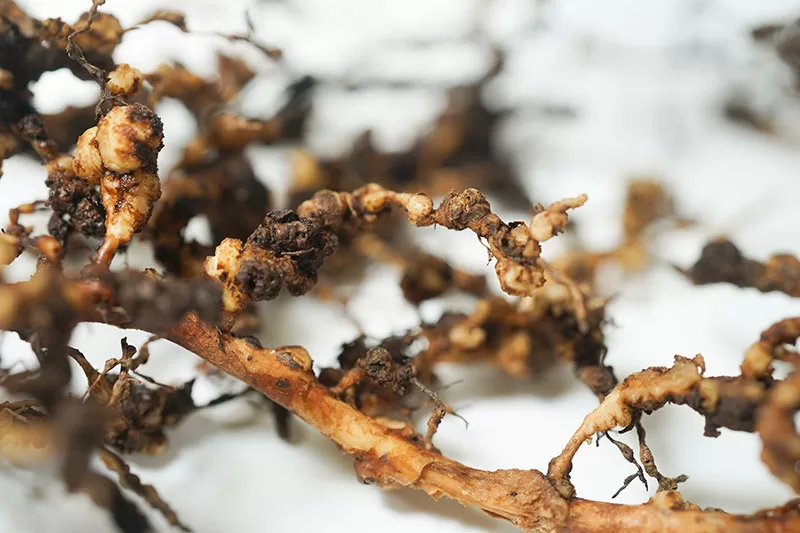
Botanical name
Meloidogyne spp.
Common name
Root Knot Nematode, Eelworms
Root Knot Nematode identification
Nematodes, sometimes referred to as Eelworms, are a very problematic pest which can cause serious damage to vegetable crops.
Nematodes are about 0.5mm long, transparent and very fine, making them impossible to see with the naked eye. The males are worm-shaped and live in the soil while the pear-shaped females prefer to embed themselves in the roots of plants. One female can produce around 2000 eggs which are deposited into the soil or roots in a jelly-like substance.
When the eggs hatch, the nematode larvae make their way into the tips of plant roots to feed. The saliva they inject during feeding stimulates the production of cells in various sizes, eventually creating a lump inside the root. The root continues to grow, getting repeatedly attacked by feeding larvae until the roots have many lumps along them.
These pests are extremely easily spread via numerous methods included running water, soil inadvertently transferred from plant to plant via tools or shoes, incorrect disposal of diseased plants and by planting new plants in infested garden beds /pots.
Damage caused
Heartbreakingly, you won’t know your garden beds have been hosting these nasty critters until your plant shows signs (in which case things are dire) or you harvest ugly, deformed produce (see the poor, ole potato below).
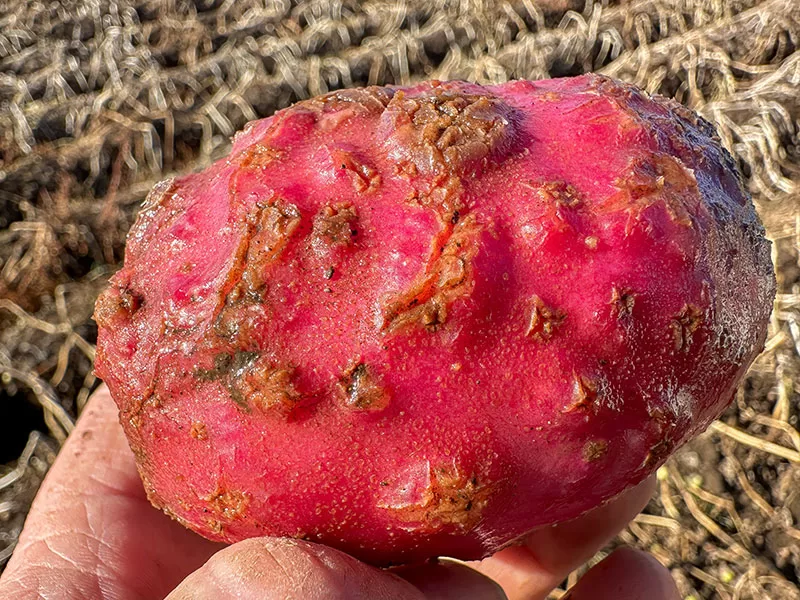
Roots of affected plants become so damaged that they can no longer function properly, starving the plant of water and nutrients. The plant will wilt even if the soil is moist. Plant growth is severely reduced and foliage looks pale and/or yellow and the plant generally looks unhealthy.
The life cycle depends on soil temperature and can vary from 4–6 weeks in Summer to as long as 15 weeks in Winter. As a result of this, nematode numbers and damage are greater on crops grown from September to May.
If you are concerned your plants may have been attacked, dig up a suspect plant, rinse off the roots and inspect for lumps. Choose a plant other than legumes if possible as these veges fix their own nitrogen in the soil which is stored in small growths similar to nematode galls.
Plants attacked
A very wide range of fruit, vegetables, weeds and ornamental plants can be attacked.
Some of the more common include tomato, capsicum, beetroot, cucumber, celery, bean, lettuce, egg plant, pumpkin, potato, sweet potato, carrot, squash, bean, ginger, banana, grape, passionfruit, nectarine, kiwi fruit, pineapple, strawberry, peach, citrus, rose, annuals.
Organic Pest Control
- Monitor plants for signs of attack.
- Practise good hygiene.
- Vegetable crop rotation – Some vegetables are tolerant of root knot nematode. Plant sweet corn, onions, broccoli, cauliflowers and cabbages in the area after leaving the soil completely bare for at least a year. Be sure to remove all weeds during this time period, the nematodes will starve as a result. Members of the grass family are also quite resistant.
- Correctly dispose of diseased plant material – do not compost it or leave it lying around. Burn it or put it in a plastic bag and put it in the garbage bin.
- Water garden beds regularly and incorporate compost and mulch.

